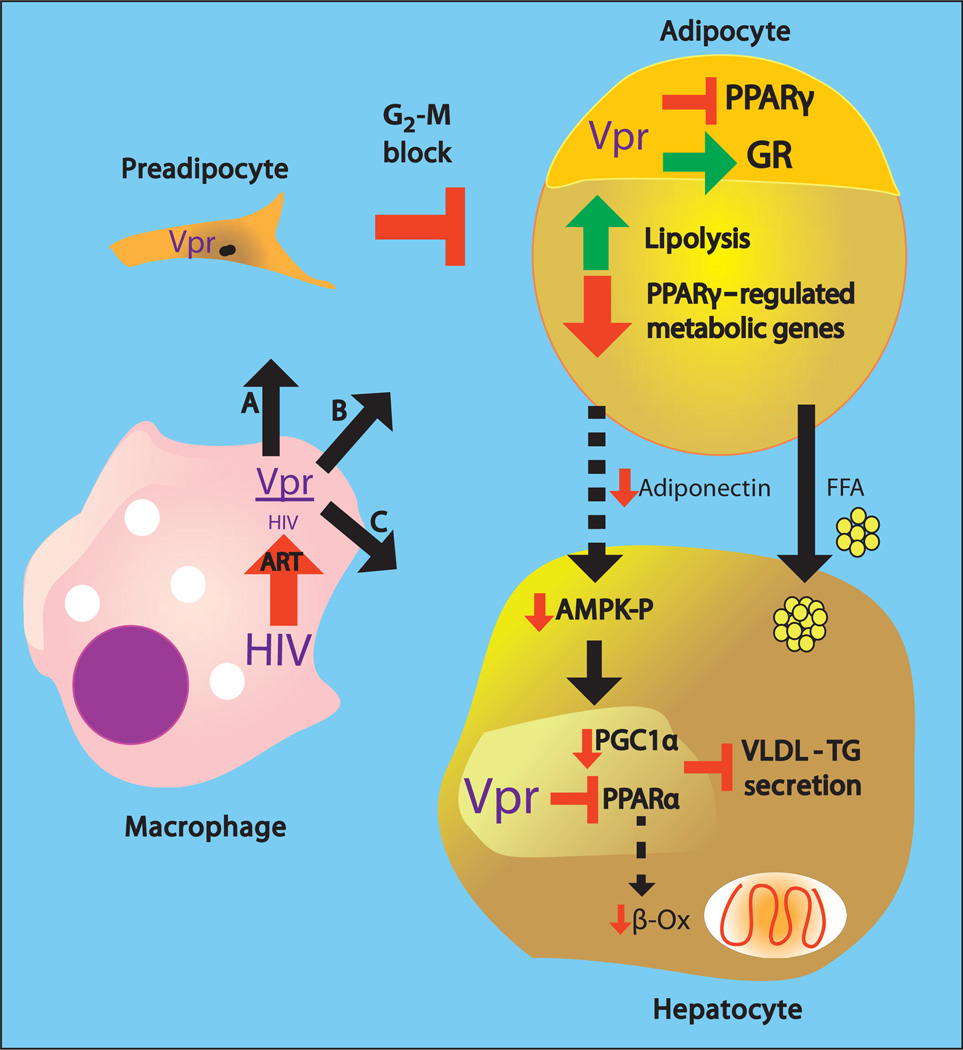Fig. 8. Vpr-mediated pathogenesis of HIV-associated metabolic defects.
HIV persisting in tissue macrophages or sequestered T cells after ART releases Vpr that transduces and affects preadipocytes, adipocytes, and hepatocytes. (A) In preadipocytes, Vpr blocks the cell cycle at G2-M, blunting turnover and differentiation into adipocytes. (B) In mature adipocytes, Vpr co-represses PPARγ-regulated genes and coactivates GR-regulated genes, leading to lipolysis, defective fatty acid storage and metabolism, and diminished secretion of adiponectin. (C) In hepatocytes, Vpr co-represses PPARa, leading to defective fat oxidation and blunted VLDL-triglyceride packaging and export. Hepatic consequences secondary to Vpr’s adipocyte effects include increased fatty acid flux and blunted activation of AMPK because of decreased adiponectin, leading to diminished PGC1α expression. Collectively, the direct and secondary hepatic effects lead to fatty liver.

